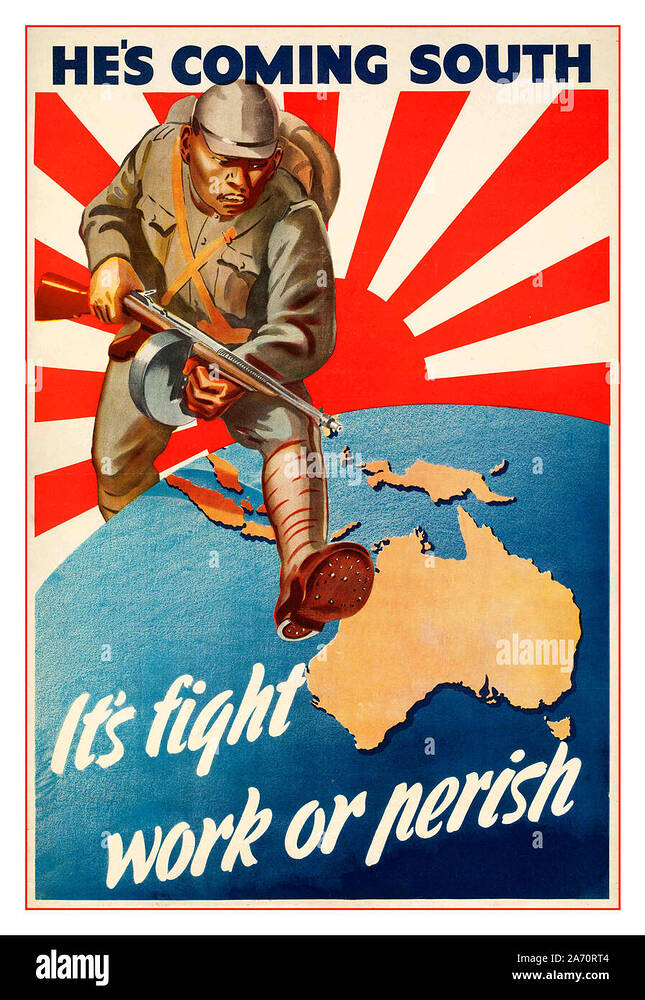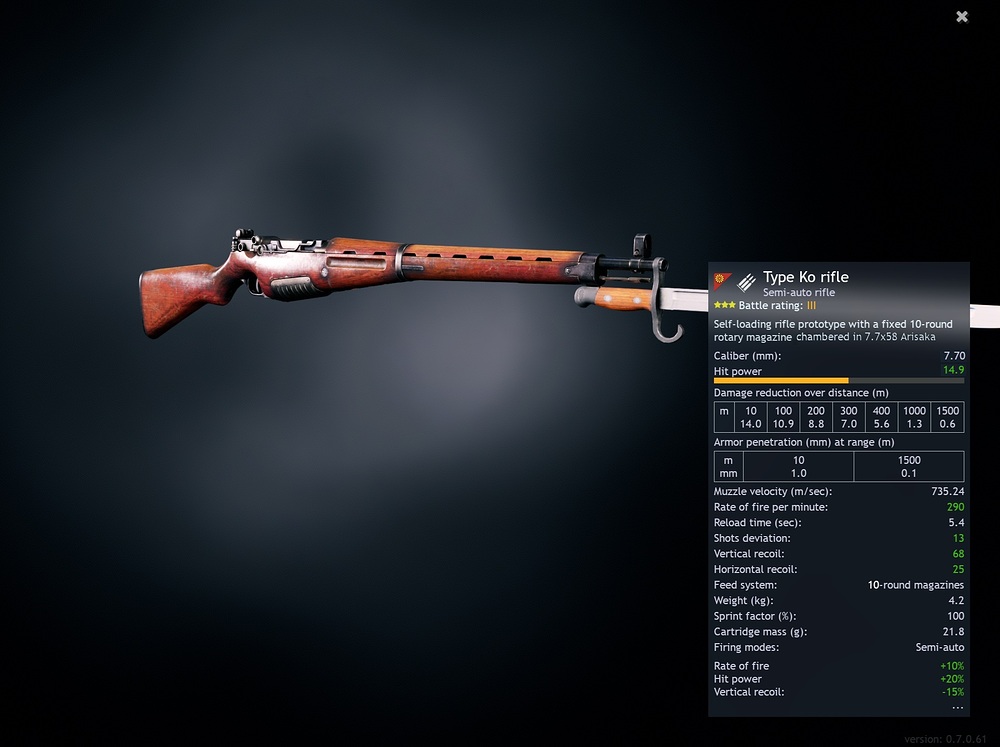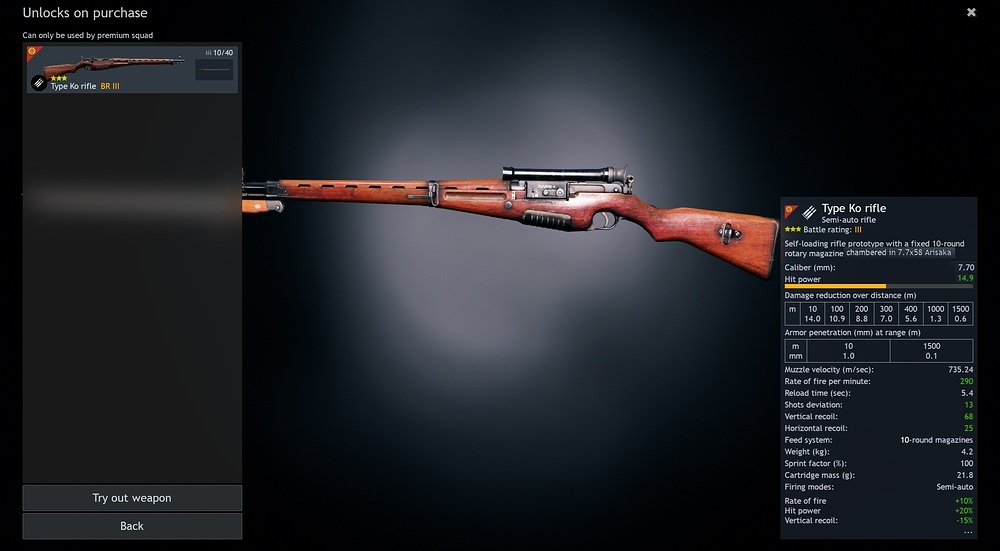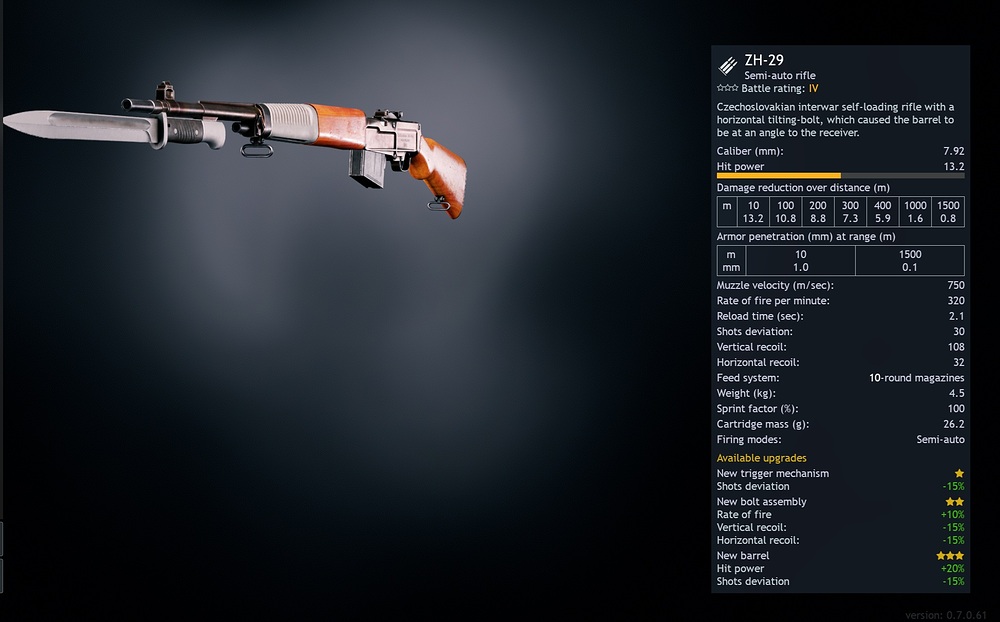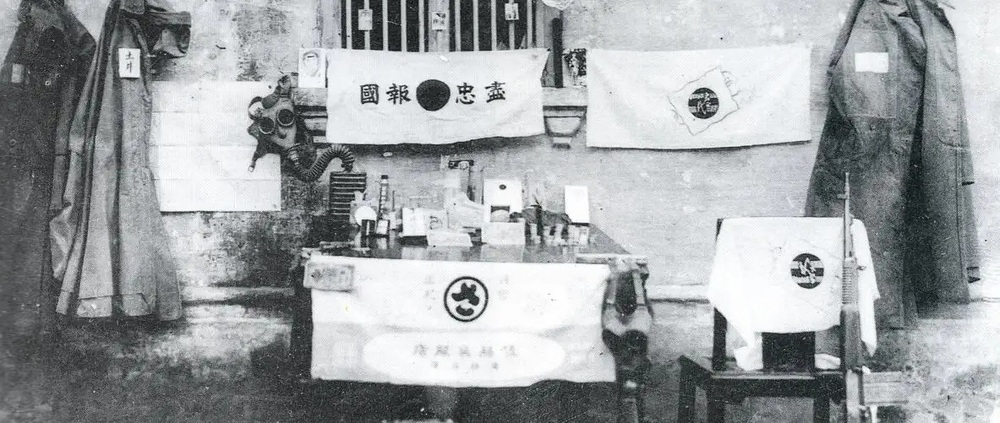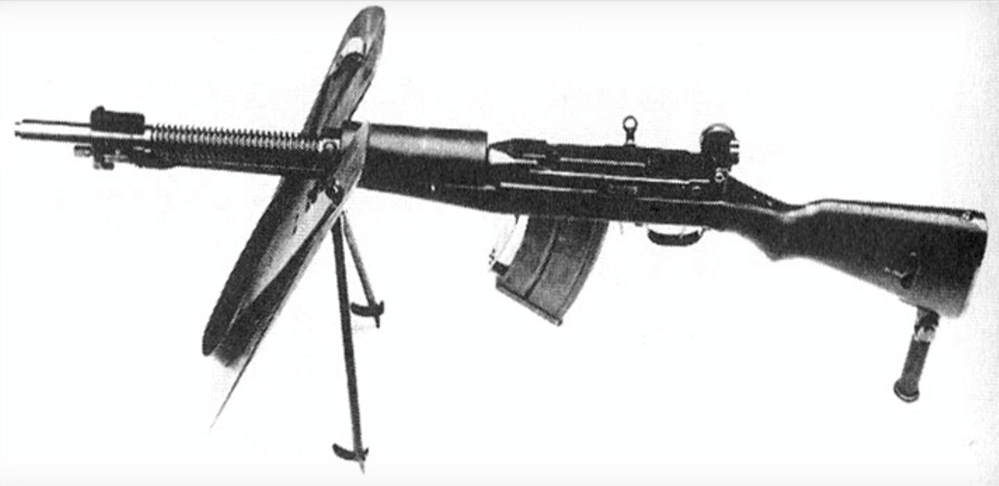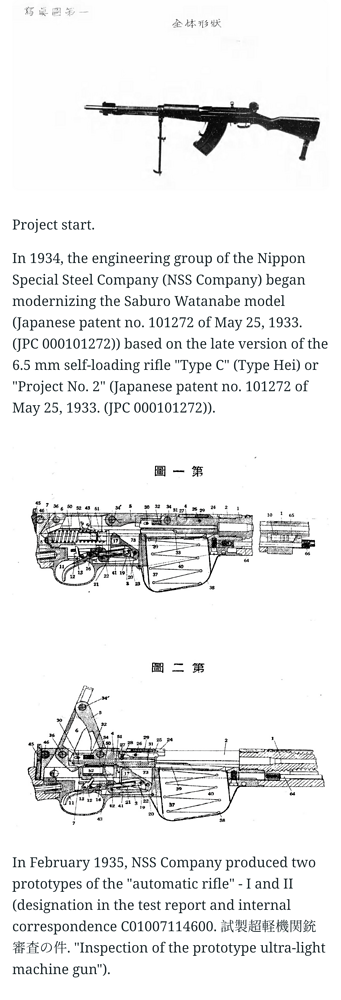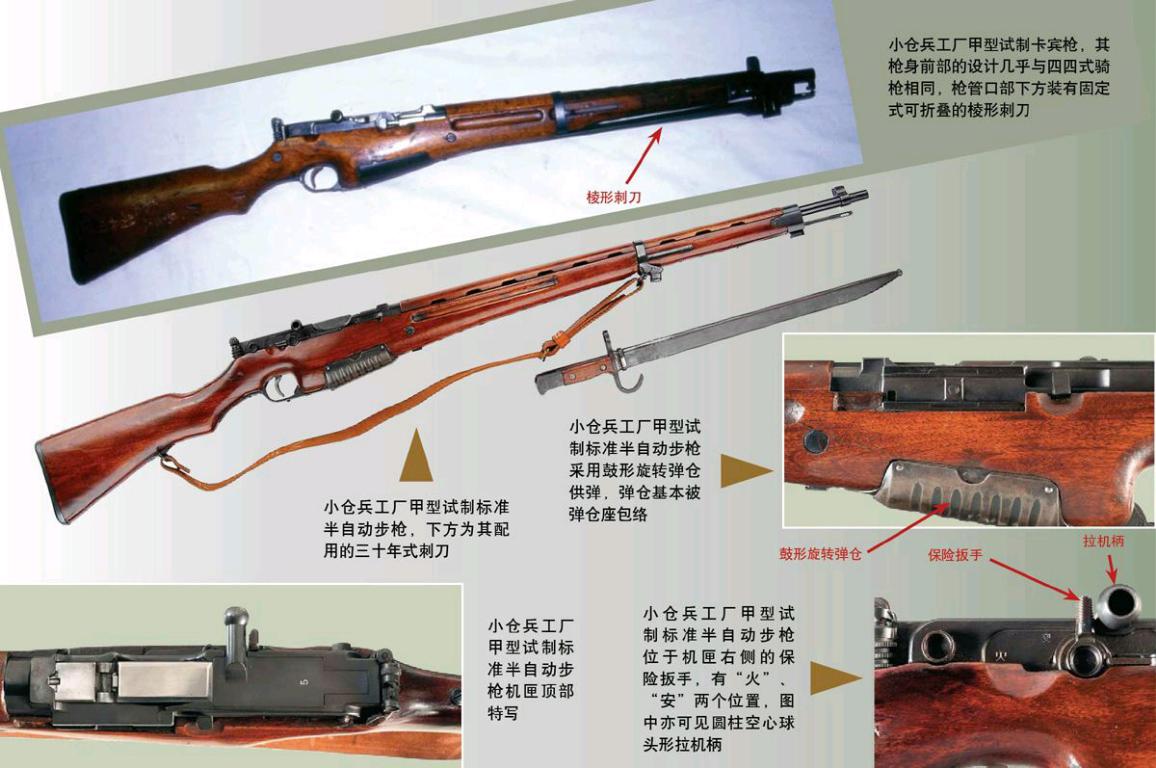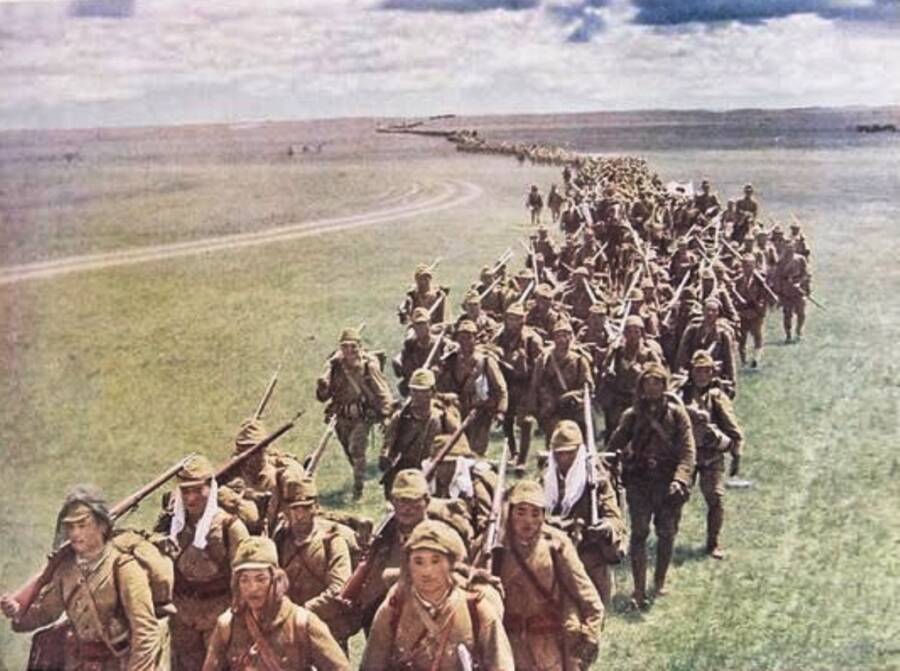
Well Japan and US don’t have BR IV rifles at the moment and I think this is the best options for them:
![]()
Allies:
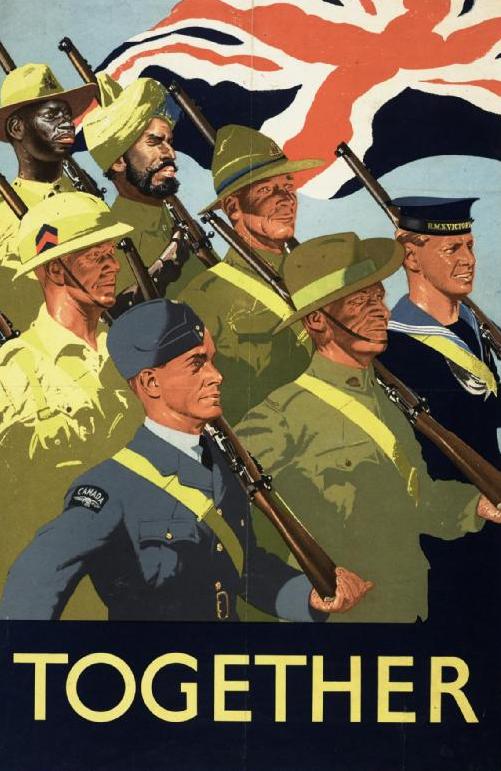
1.SLEM-2 BR IV:

During the closing stages of World War II, when an Allied victory was certain, the British Army started looking for a replacement for the Sten gun. The Ordnance Board commissioned the Royal Small Arms Factory at Enfield to create such a weapon. The Design Department at Enfield began work on a project that they dubbed the Military Carbine, Experimental Model (MCEM) around April 1945. Six MCEM prototypes were made at Enfield and two in Australia.
At the time, Enfield employed many foreign engineers who had fled their native countries during Nazi occupation. Consequently the Design Department was segregated by nationality. French and Belgian designers such as Georges Laloux and Dieudonné Saive were assigned to work on rifles. They designed the SLEM-1, which would later evolve into the FN-49, and early FAL prototypes in .280 caliber. The British rifle designers were headed by Stanley Thorpe and produced the EM-1 rifle, meanwhile a team of Polish designers who were headed by Stefan Janson produced the EM-2.
Centrefire self-loading rifle - Experimental EX2 or SLEM-2 - about 1945
Configuration close to FN Model D Saive design to drawing D5(E)1789/G/40. Full length stock with finger grooves. Upper handguard of neoprene ebonite over rear of the barrel only. Bayonet lug for No. 8 bayonet (same lug as No. 5 but smaller ring). Adjustable rotating gas regulator sleeve behind front sight block with two position (on and off) gas plug at front. External fixed 10 round box magazine. Hold-open catch is a hatched button on the bottom of the receiver behind the magazine. Unusual rear sight design using the usual slider to deflect the tangent portion upward. Two position rear aperture. Front sight block with large protectors dished out for weight. Cocking indicator at bottom rear of trigger guard.
7.92 x 57 mm Rimless Mauser (aka 8 x 57 mm Rimless Mauser)
2. The SAL SLR: The Canadian .30 Cal. Self-Loader:
No further work was done on SLR development in Canada until late in the War. DND’s views were largely guided by the initial British General Staff belief that semi-automatic rifles were of little utility, given the great increase in the number of machine guns that were being issued. Nonetheless, in April 1944 SAL initiated its own development- as a private venture – in response to a 1943 British specification for a gas-operated SLR with a rotating bolt and using a rimless 7.92 mm round. Design work began in November 1943, with the first pilot being ready for trials in June 1944. It used a dropping bolt locking mechanism similar to the Bren. To work properly this required very heavy parts and the design was declared obsolescent in January 1945. Its redesign was begun in March 1945 and test shot in May.
Japan:
![]()
Well for Japan really there is not many options there is few very paper tin prototypes but I think the best options are in game:
1. Type Ko Rifle Chaimbared in 7.7×58mm Arisaka
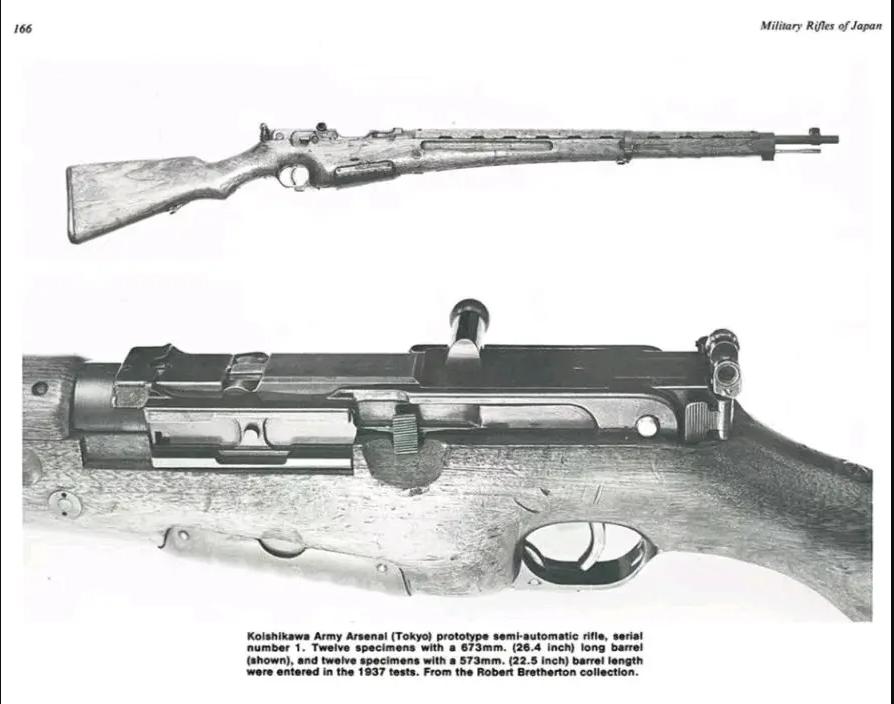
Ogura’s trial-produced A-type semi-automatic rifle was first developed by the Kokura Arsenal in Tokyo around 1935. From Ogura’s trial-produced A-type semi-automatic rifle, we can see the shadow of many American Pedersen semi-automatic rifles.
Ogura’s trial-produced semi-automatic rifle began testing in 1936 and chambered it in 7.7×58mm Arisaka. As a result, due to the outbreak of the Lugou Bridge(Marco Polo Bridge) Incident, the Japanese army really continued to choose the existing more productive Type 38 single-shot rifle in order to equip the mobilized large forces, just as Linjiro in the south thought. Takeo Mizuno’s Pederson-style “phantom automatic rifle” was aborted and his project was canceled.
After that, Takeo Mizuno did not give up his dream of an automatic rifle. In April 1941, Takeo Mizuno, who belonged to the Kokura Arsenal Research Institute, completed a semi-automatic rifle. The caliber was changed from the original .276 inches to the same 7.7mm as the Type 99 rifle.
The magazine part was replaced with a tubular magazine. This magazine is often used on sport rifles, invented by von Mannlicia of Steyr in Austria, and is characterized by a larger magazine capacity. After adapting the design, the Japanese army’s 5-shot bridge clip can be used.
Although Ogura’s trial-manufactured semi-automatic rifle project was terminated as early as 1937, and it was not restarted, the Japanese army, which had been dead and lacking weapons in 1945, put the 30 formerly sealed Kokura trial-manufactured semi-automatic rifles into it. On the Pacific battlefield, and in the Battle of Mindanao in 1945, the U.S. military seized a Kokura trial-produced semi-automatic rifle.
Ogura trial-produced a semi-automatic rifle with a length of 673mm and a barrel length of 573mm.
(The Battle of Mindanao, from March 10, 1945 to August 15, 1945, was code-named the Victor 5 Project. This seems to be the only time the U.S. military saw Ogura trial-produce a semi-automatic rifle on the Pacific battlefield. In addition to the U.S. military, The Chinese battlefield and the Southeast Asian battlefield also do not have the presence of Ogura trial-produced semi-automatic rifles, so I guess that all Ogura trial-produced semi-automatic rifles only appeared in the Pacific battlefield)
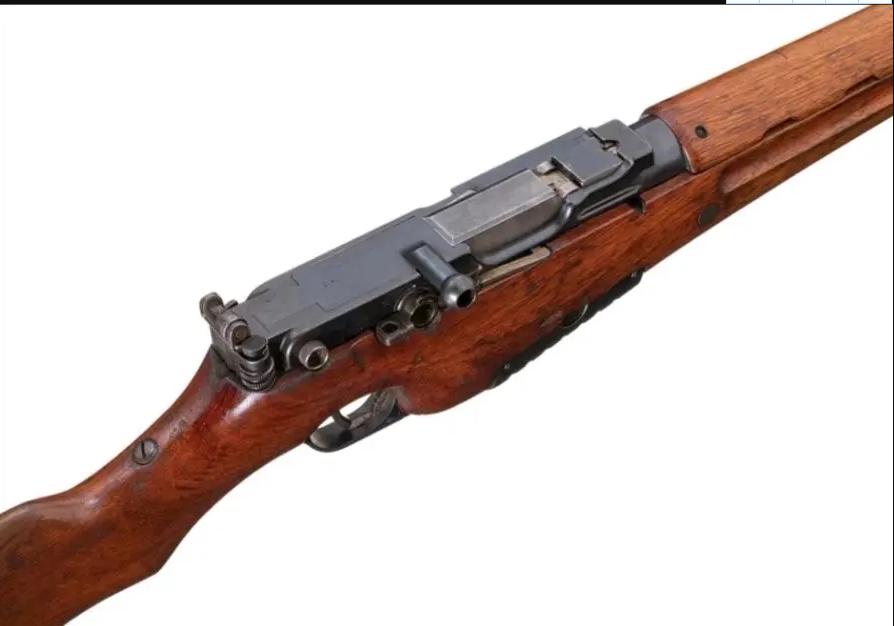
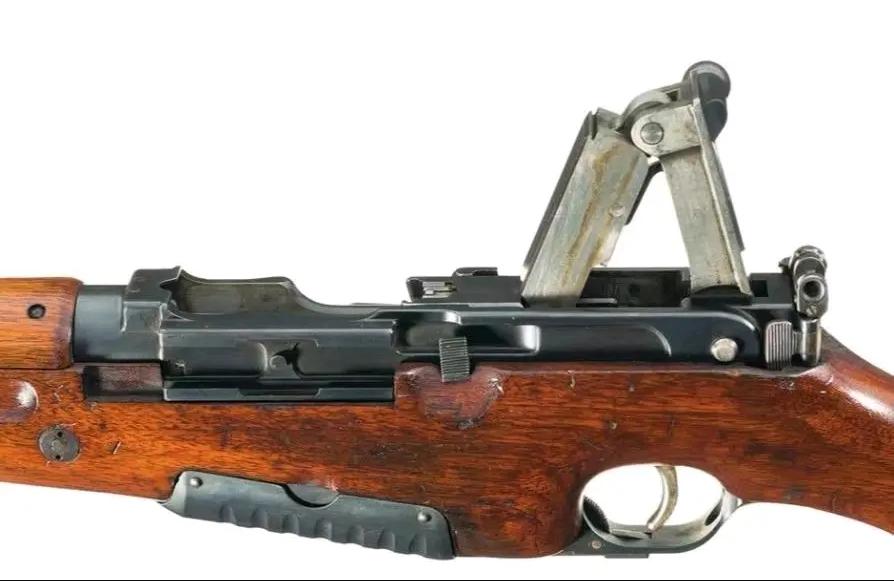
And this is Type 99 scope mount so this is a legit sniper version not some replica.
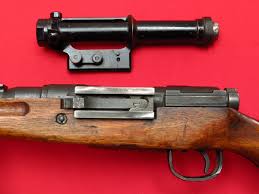
As you can see this version of the Ko is much better for a sniper option.
So the higher caliber will make this weapon better for a sniper rifle option and different then the premium one and Japan will finally have BR III semi auto rifle.
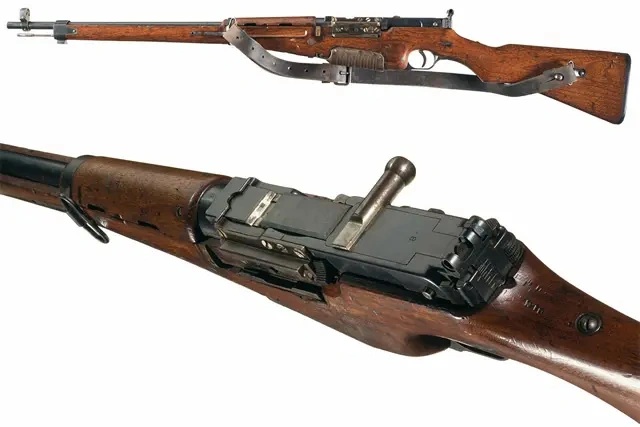
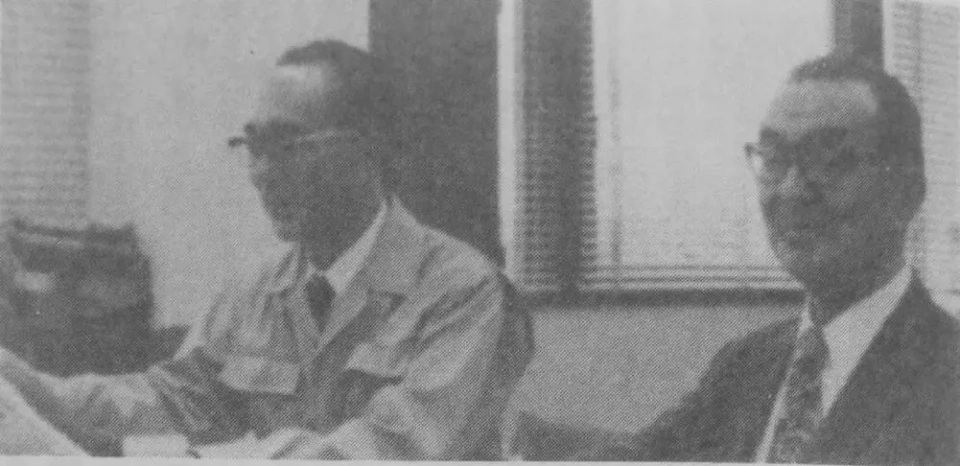
For BR IV there is really only one option:
Japan already have many German things in its TT and there is not good prototype that can be a BR IV weapon so better just give Japan ZH-29 there is few very paper tin weapons but there is very little info about them and they are also very questionable BR IV weapons the ZH-29 really is the best option I dont like copy pasting but for BR IV Japan rifle its the best thing we can do:



